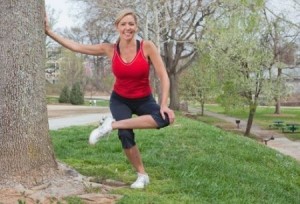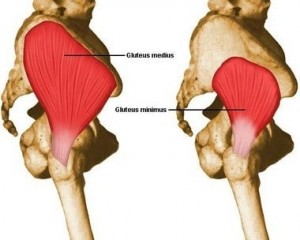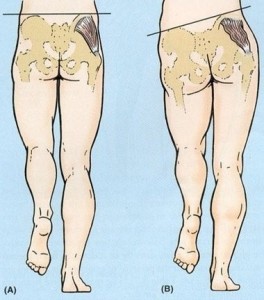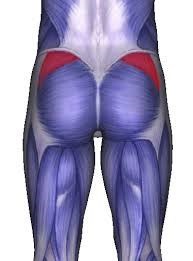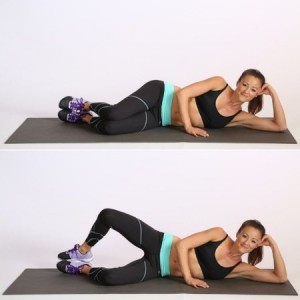Many of us who have previously suffered from running related injuries will have most likely been told by a sport physiotherapist that we have “weak glutes”.
You may have been told that your “glutes are inactive” or your “glutes are not firing properly”. With just a few days to go before the #GNR2015, Newcastle Sports Injury Clinic takes a closer look at glutes.
There are many studies to date which indicate that poor glute function results in increased injury of athletes/recreational runners.
Niemuth et al 2005 looked at 30 recreational runners and found that among the injured runners, the injured side hip abductor and flexor muscle groups were significantly weaker than the non-injured side
Robinson and Nee’s 2007 study of 10 females who sought physical therapy for unilateral knee pain demonstrated significantly less hip extension, abduction, and external rotation strength than the same number of control subjects with no known knee pathology.
But what exactly does this mean? And how can we fix the problem?
You can see from the image that the glute medius muscle originates from the hip region and attaches to the femur (long bone in the leg).
Its function
The glute medius primary function is to support the body on one leg, alongside side the tensor fasciae latae muscle, to prevent the pelvis from dropping to the opposite side.
Strengthening
There are numerous exercises which aim to target and condition the glute medius muscles.
Given the body’s remarkable ability to find and adopt a compensatory movement pattern when faced with weakness or dysfunction, it is very important to use a gradual, progressive exercise program when attempting to strengthen and stimulate use of a weak muscle/muscle group.
Clam exercise
The clam is brilliant initial exercise for the glute medius, however one should always aim to find way to increase intensity of glute strengthening program if they are not challenging themselves and the exercises become easy to complete.
- In side-lying position, slide your bent legs forward so that your hips are flexed to approximately 30 degrees.
- Making sure your hips are in neutral (not hitched or tilted forwards/backwards) and (apart from your knees) the rest of your body is in a straight line, open your knees while keeping your heels together and return back to starting position.
- Placing your hand on the side of the hip should help you feel the Gluteus Medius contracting as the legs open.
Number of repetitions: 15-25 each leg
Number of sets: 1 with weaker side (if applicable), 1 with stronger side, 1 again with weaker side.
Tempo: 1 up (breath out), 2 hold (keep breathing out), 3 down (breath in)
References:
Niemuth PE, Johnson RJ, Myers MJ, Thieman TJ. Hip Muscle Weakness and Overuse Injuries in Recreational Runners Clin J Sport Med. 2005;15:14-21.
Robinson RL, Nee RJ. Analysis of hip strength in females seeking physical therapy treatment for unilateral patellofemoral pain syndrome. J Orthop Sports Phys Ther. 2007;37:232-238

